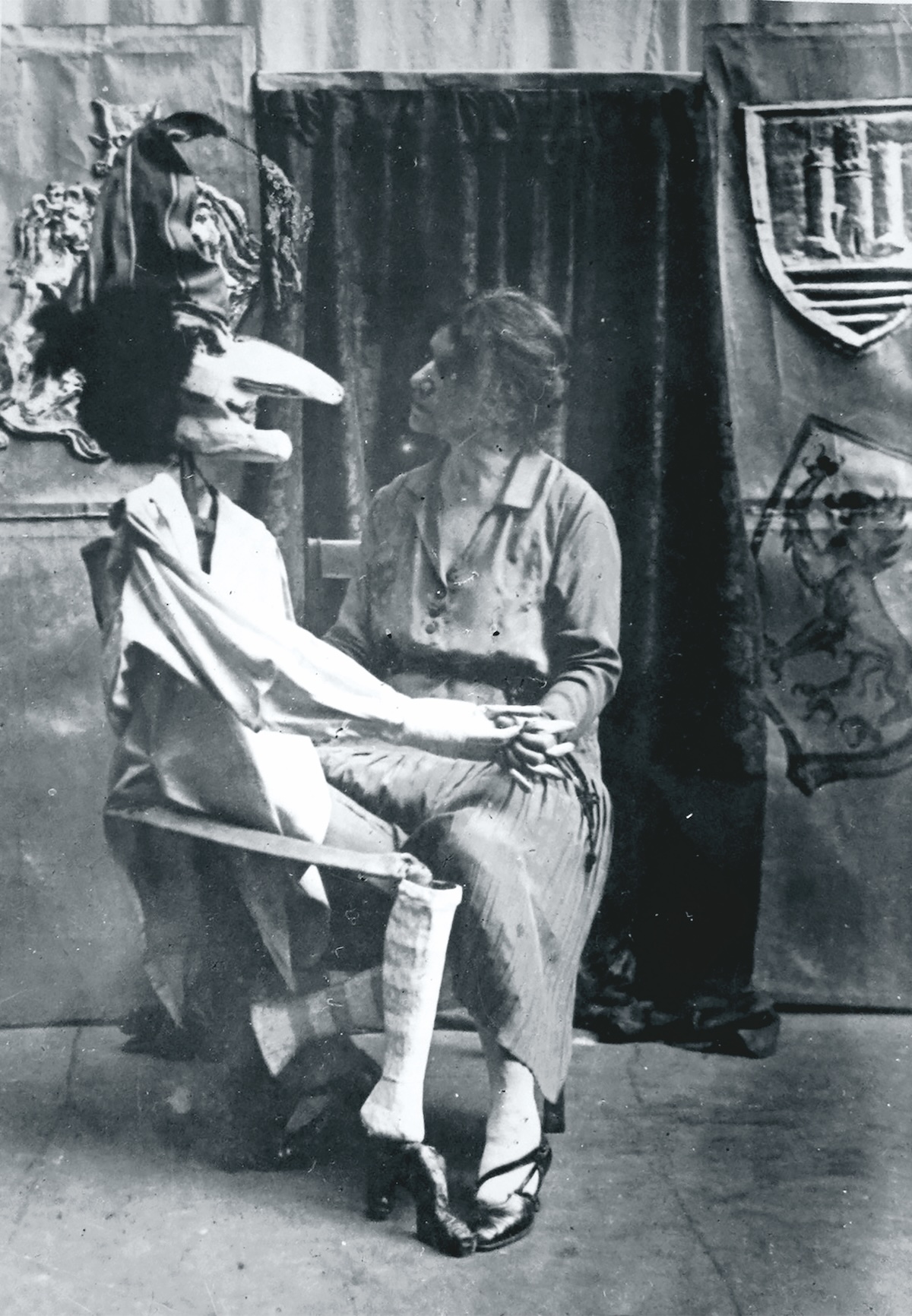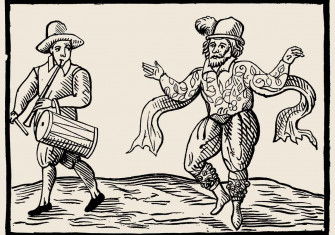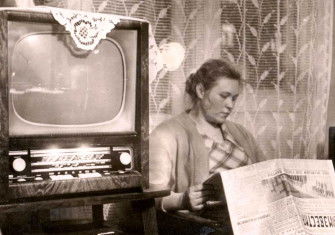The Powers of Soviet Puppetry
The puppet theatres of Kazakhstan combined Soviet ideals with Kazakh traditions to educate the masses.

In 1941 the Alma-Ata government puppet theatre of Kazakhstan had a problem with Lilliputians. Nadezhda Pavlovna Amori, director of the recently formed theatre in the young Soviet capital, wrote a letter to the Management of Artistic Affairs of the Kazakh Soviet Socialist Republic to complain that, when touring, her puppet theatre frequently ran into private theatre troupes across the Kazakh steppe. One such act called themselves ‘The Illusionist Apollo and the Lilliputians’, although it seemed the latter were simply small children. Elsewhere, a family circus, the Vinogradovs, boasted a puppet theatre, lions and bears. The lions, Amori wrote, never appeared, the bears did nothing but fuss and struggle, and there were only three puppets, which she described as ‘disgusting’. The director worried that these hacks endangered her own troupe’s pedagogical and political work.







